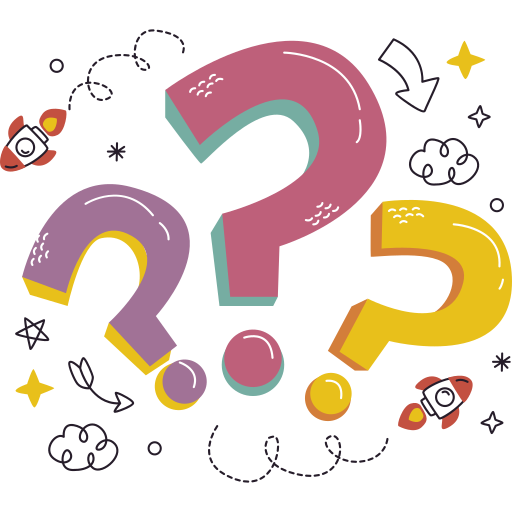
I often hear the question- how do I progress in tango? Shall I practice or taking classes is enough? How often shall I practice?
And I always remember the phrase of my friend, wonderful dancer and real tanguero Omar Gamiz- “tango no se habla- se practica” what means ” you don’t talk about tango- you practice it”.
So let’s start from beginning. Whether you’re a beginner or an experienced dancer, there’s always room for improvement and whether you started recently or dance several years it’s essential to combine regular classes and dedicated practice.
In this article let’s explore the ways to advance in tango, keeping in mind some key questions and strategies.
Before diving into the nitty-gritty of your tango journey, take a moment to ask yourself some fundamental questions:
These questions will help you gauge your current commitment level and identify areas that may need improvement.
Let’s have a look at some points that can help you to progress in tango.
To progress steadily in tango, practice regularly is the most important key. Try to schedule 2-3 practice sessions per week if your time permits. Consistency not only helps you retain what you’ve learned but also allows you to build muscle memory and develop a deeper connection with the dance. How long to practice? 30min-60min per session 2-3 times a week will give you good results already. Remember better to practice a couple of times per week in short sessions, rather than 1 time per month several hours.
Before introducing a new move or variation into your milonga repertoire, practice it with a partner in a controlled environment, such as a practice session or during private lessons. This allows you to refine the move, gain confidence in executing it correctly, and ensure it flows seamlessly within the dance. Once you feel comfortable and confident with a new move, gradually incorporate it into your social dancing. Start by using it with partners who are aware of your intention to experiment. As you gain more experience and refine the move further, you can incorporate it more naturally at milonga.